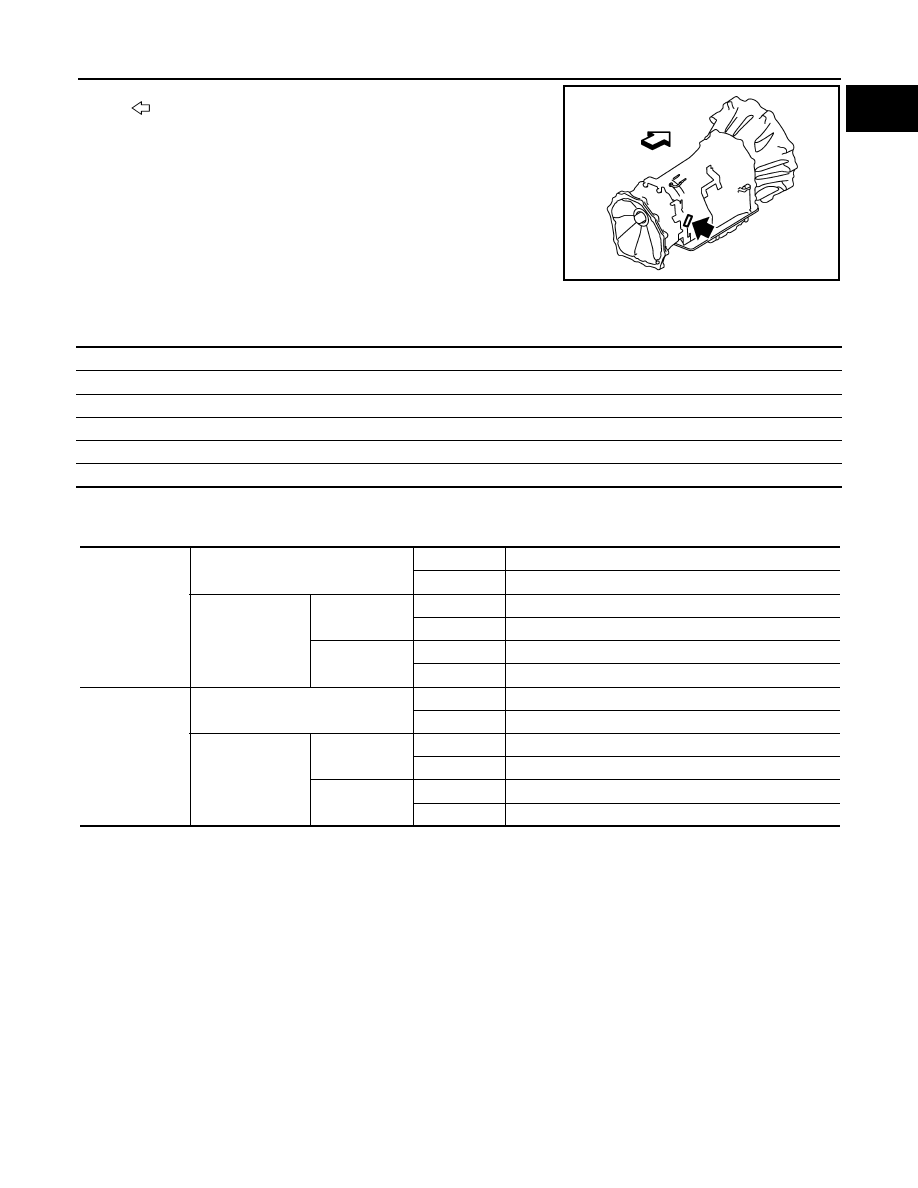Infiniti QX56 (Z62). Manual - part 748

IDENTIFICATION INFORMATION
GI-25
< VEHICLE INFORMATION >
C
D
E
F
G
H
I
J
K
L
M
B
GI
N
O
P
Dimensions
INFOID:0000000006280863
Unit: mm (in)
Wheels & Tires
INFOID:0000000006280864
: Vehicle front
JPAIA0770ZZ
Overall length
5,290 (208.3)
Overall width
2,030 (79.9)
Overall height
1,925 (75.8)
Front tread
1,715 (67.5)
Rear tread
1,725 (67.9)
Wheelbase
3,075 (121.1)
Conventional
Tire
20 inch
P275/60R20 114H
22 inch
P275/50R22 111H
Road wheel
20 inch
(Aluminum)
Size
20
×
8J
Offset
30 mm (1.18 in)
22 inch
(Aluminum)
Size
22
×
8J
Offset
30 mm (1.18 in)
Spare
Tire
20 inch
P275/60R20 114H
22 inch
P275/50R22 111H
Road wheel
20 inch
(Aluminum)
Size
20
×
8J
Offset
30 mm (1.18 in)
22 inch
(Aluminum)
Size
22
×
8J
Offset
30 mm (1.18 in)